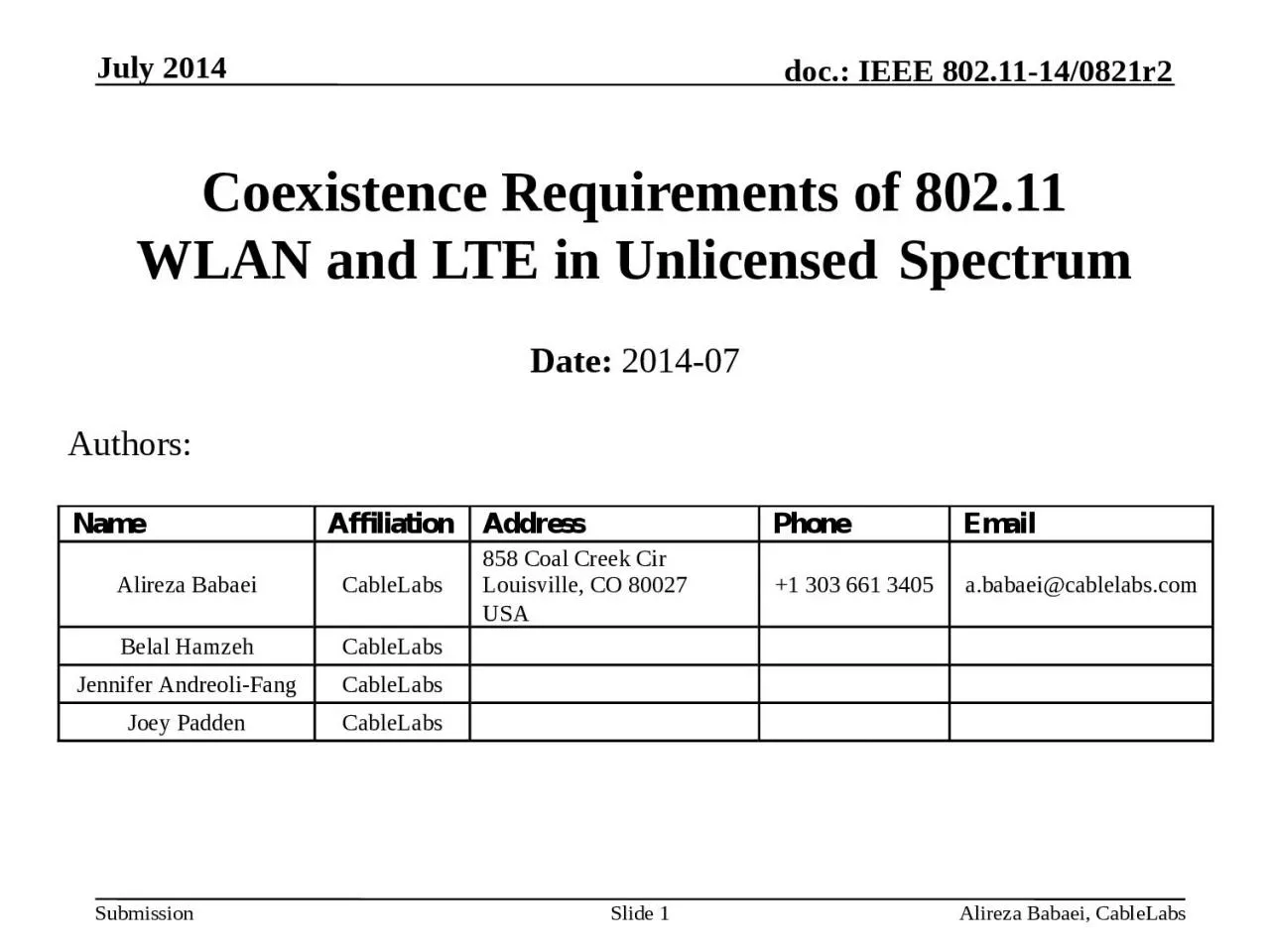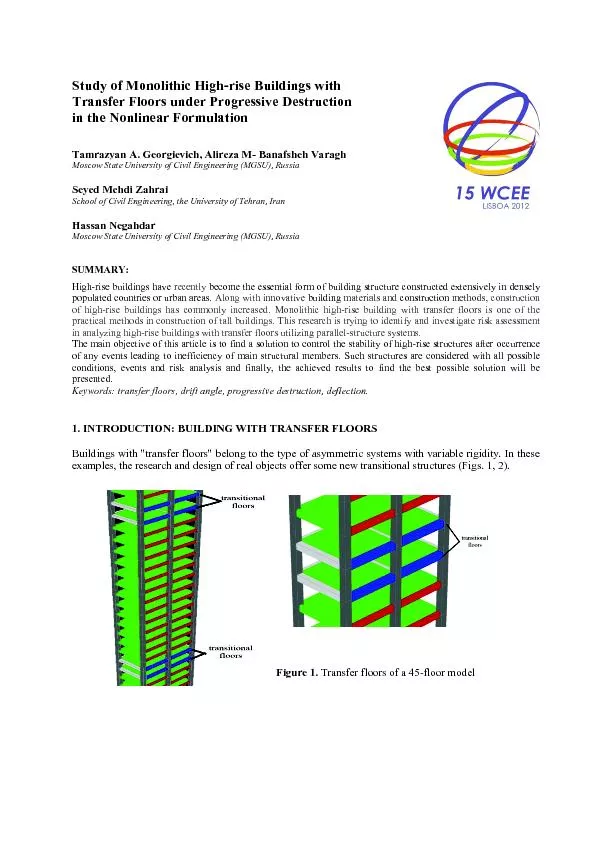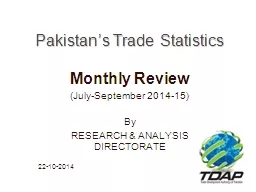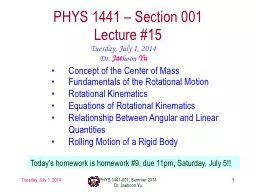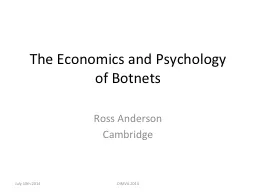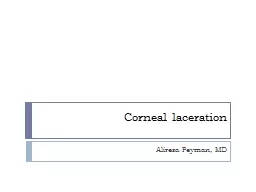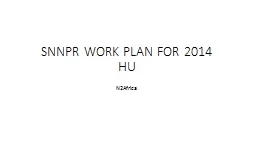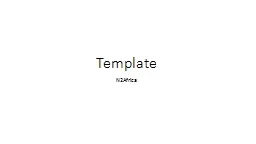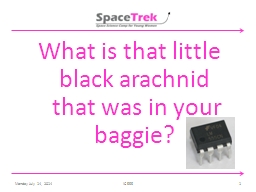PPT-July 2014 Alireza Babaei, CableLabs
Author : udeline | Published Date : 2023-11-04
Slide 1 Coexistence Requirements of 80211 WLAN and LTE in Unlicensed Spectrum Date 201407 Authors Abstract This presentation Provides results on the impact of
Presentation Embed Code
Download Presentation
Download Presentation The PPT/PDF document "July 2014 Alireza Babaei, CableLabs" is the property of its rightful owner. Permission is granted to download and print the materials on this website for personal, non-commercial use only, and to display it on your personal computer provided you do not modify the materials and that you retain all copyright notices contained in the materials. By downloading content from our website, you accept the terms of this agreement.
July 2014 Alireza Babaei, CableLabs: Transcript
Download Rules Of Document
"July 2014 Alireza Babaei, CableLabs"The content belongs to its owner. You may download and print it for personal use, without modification, and keep all copyright notices. By downloading, you agree to these terms.
Related Documents

